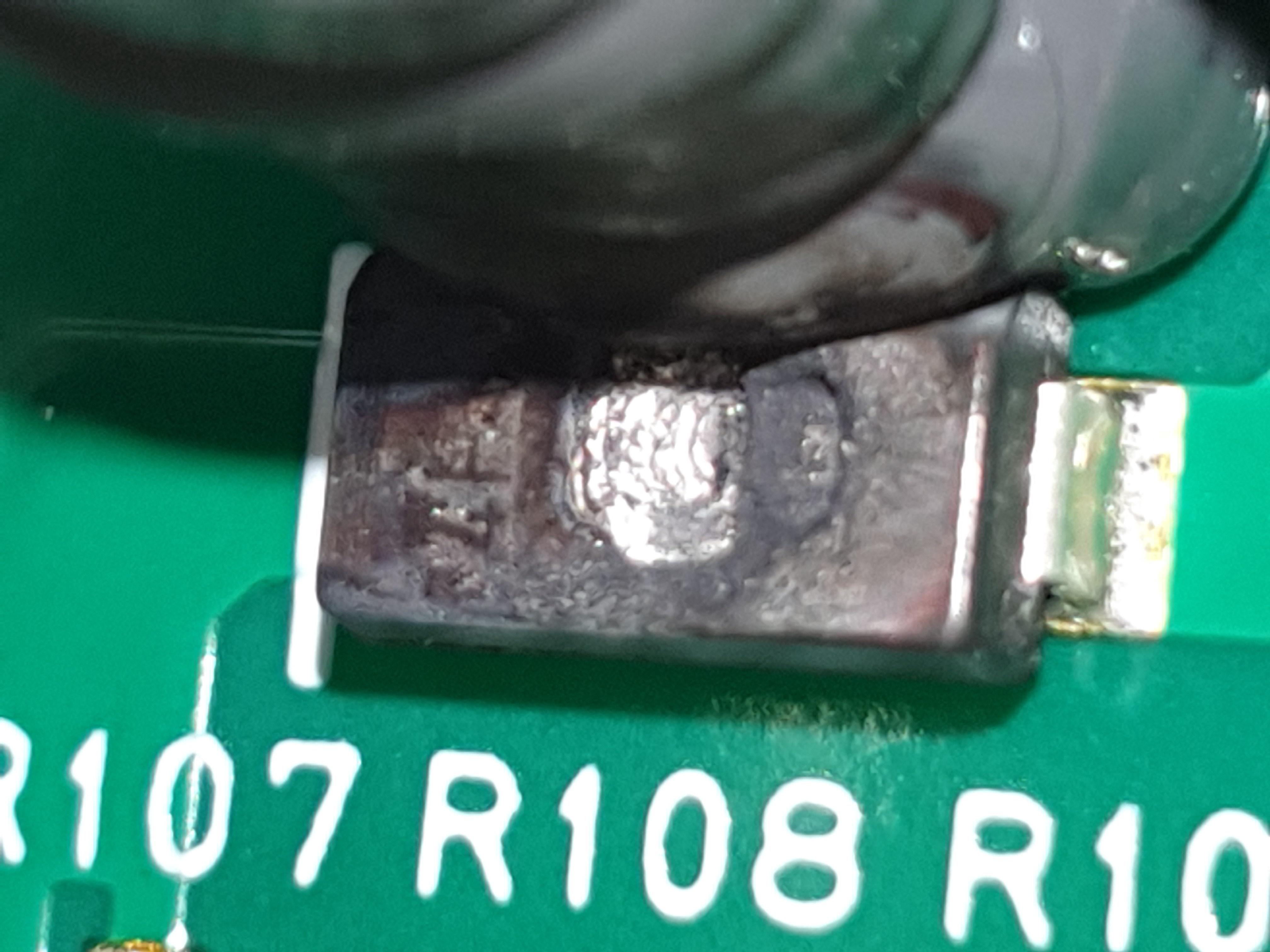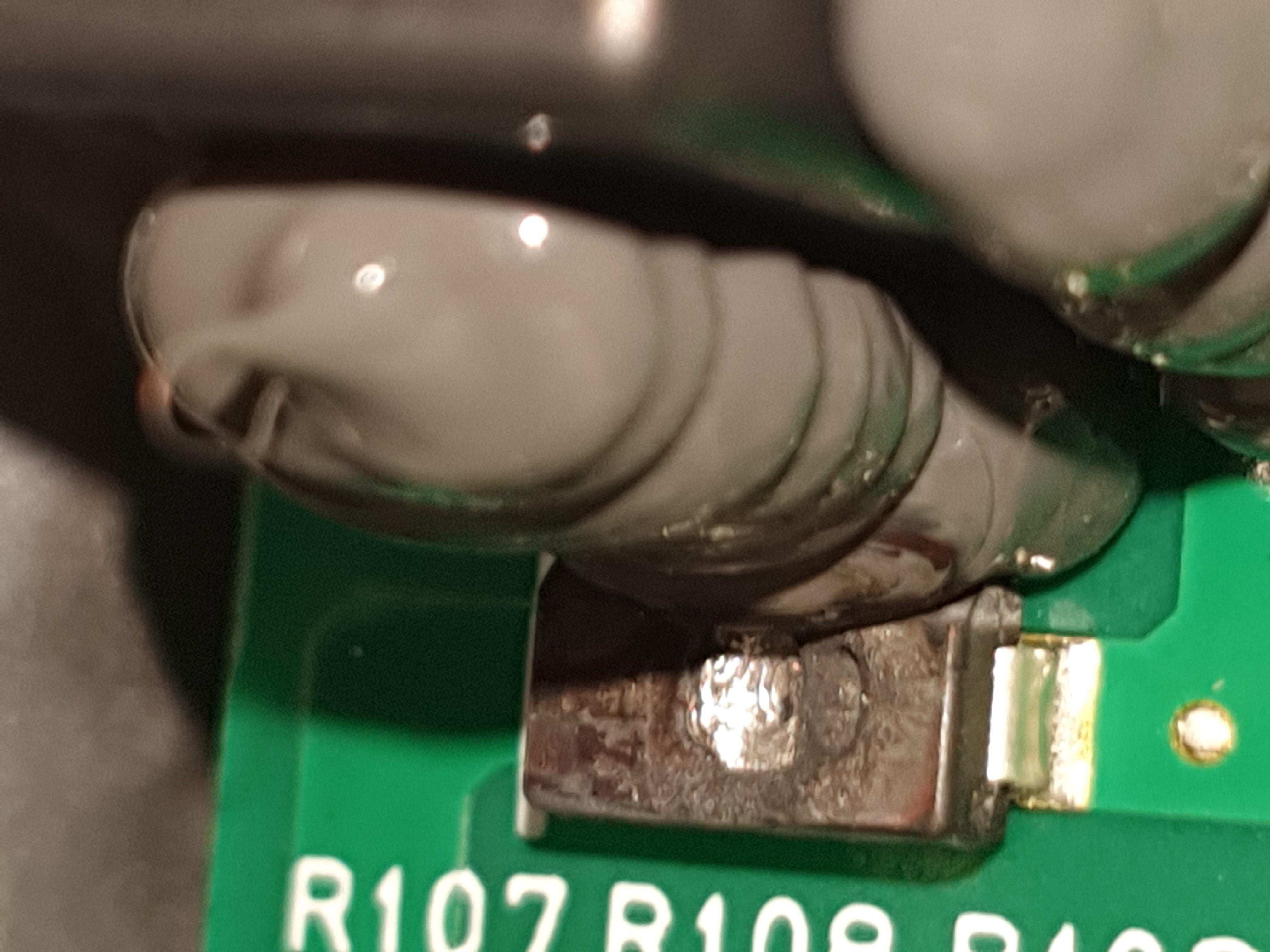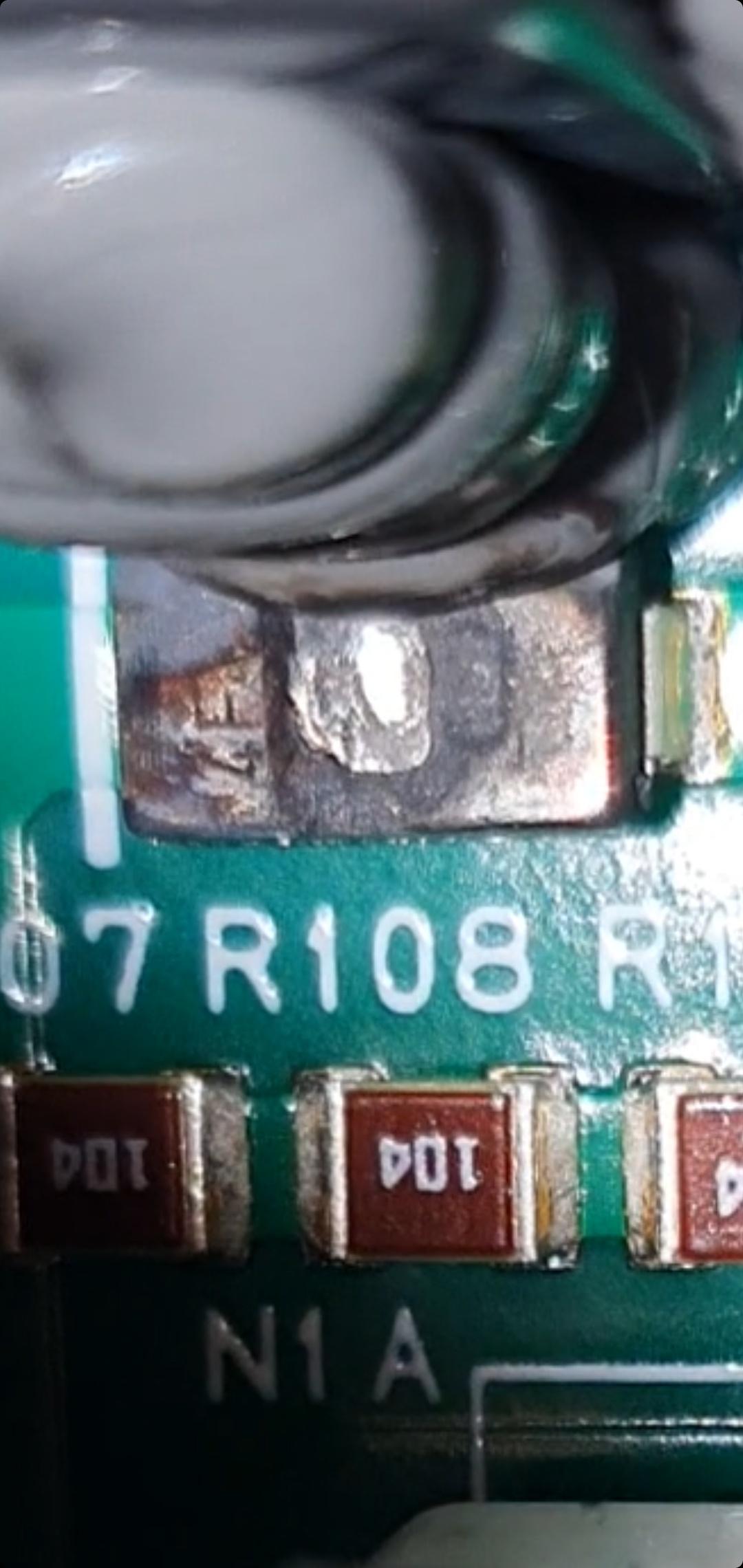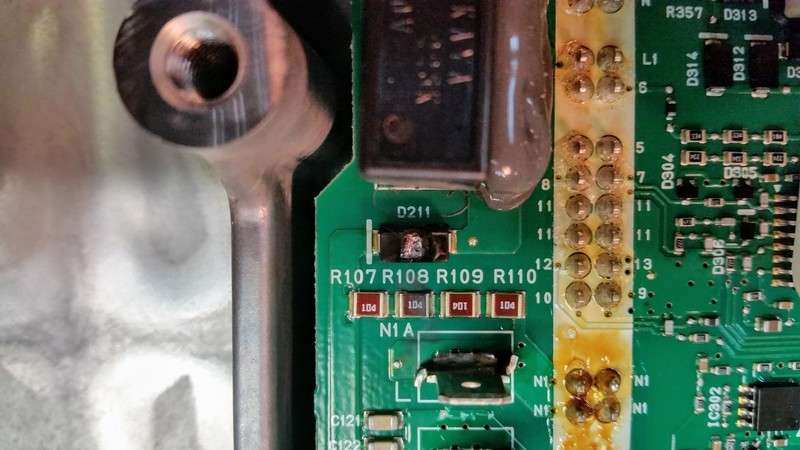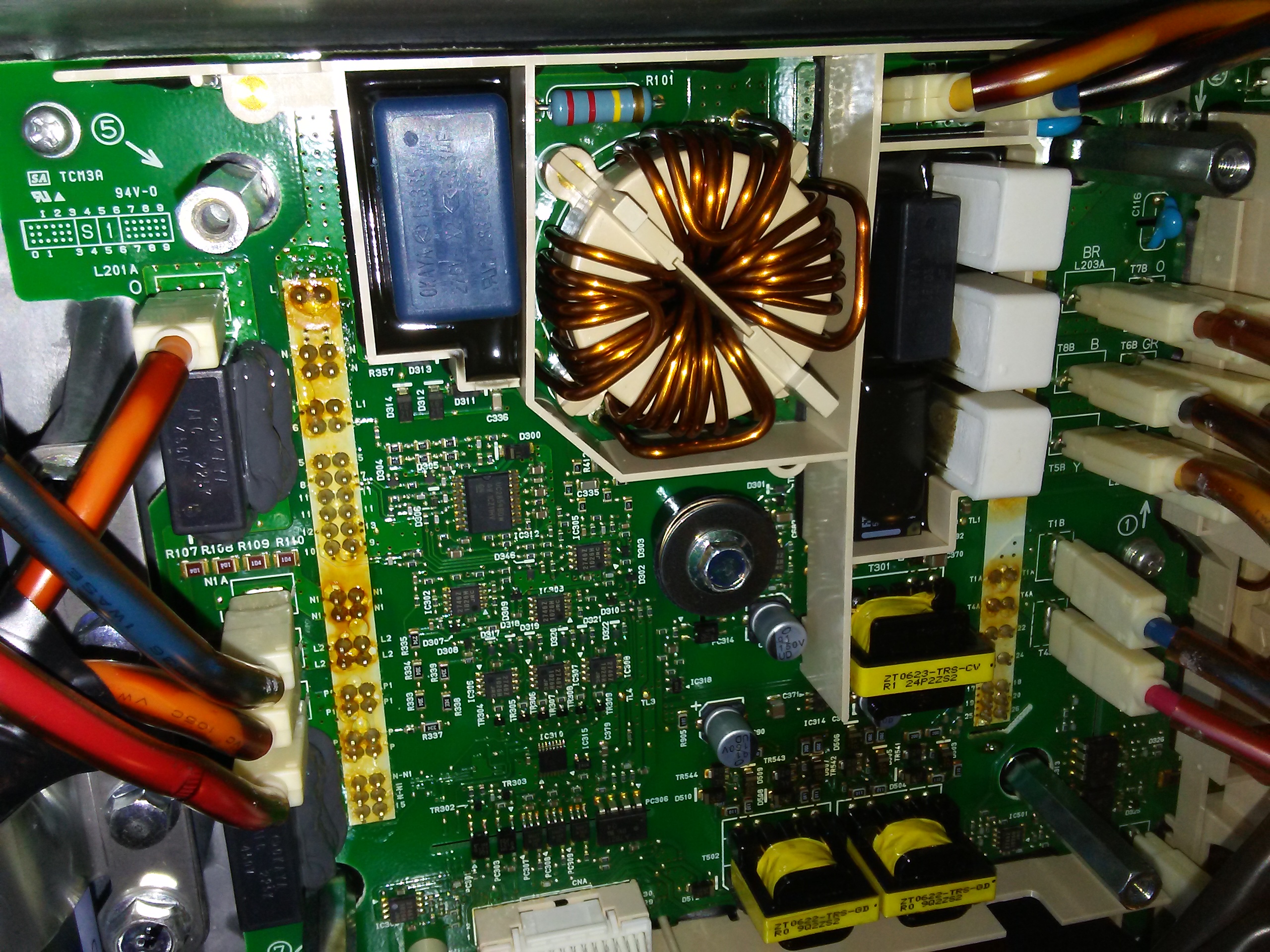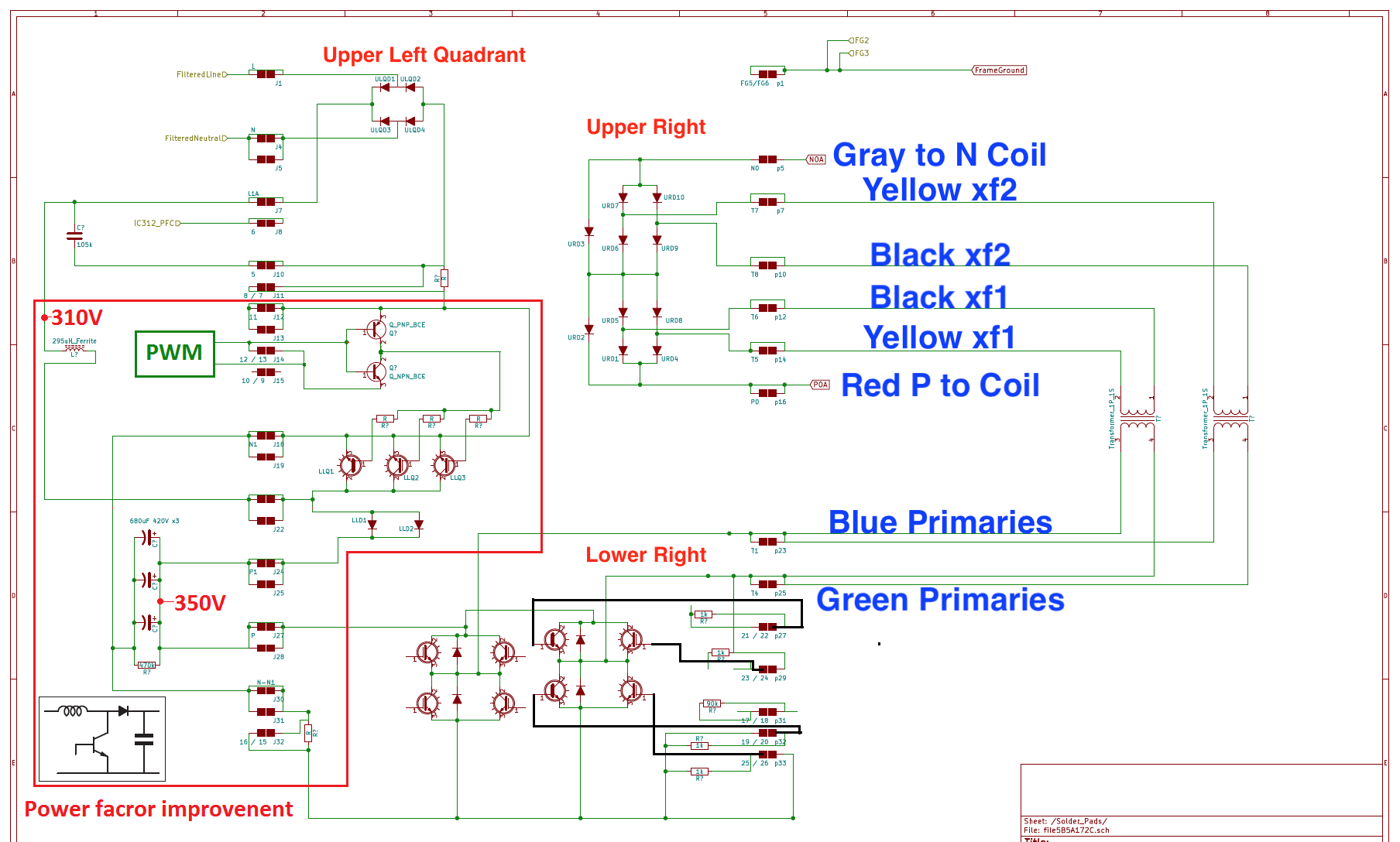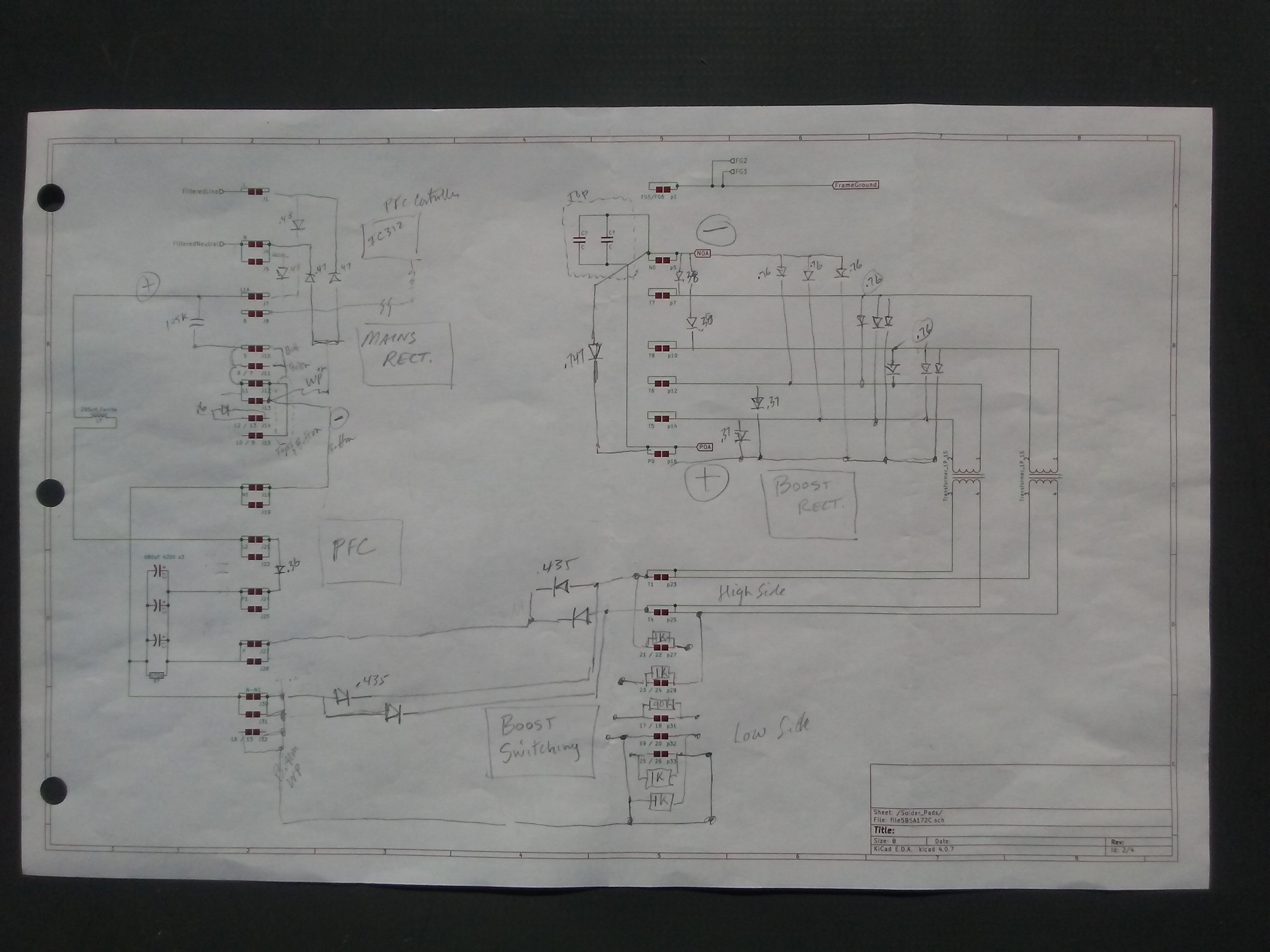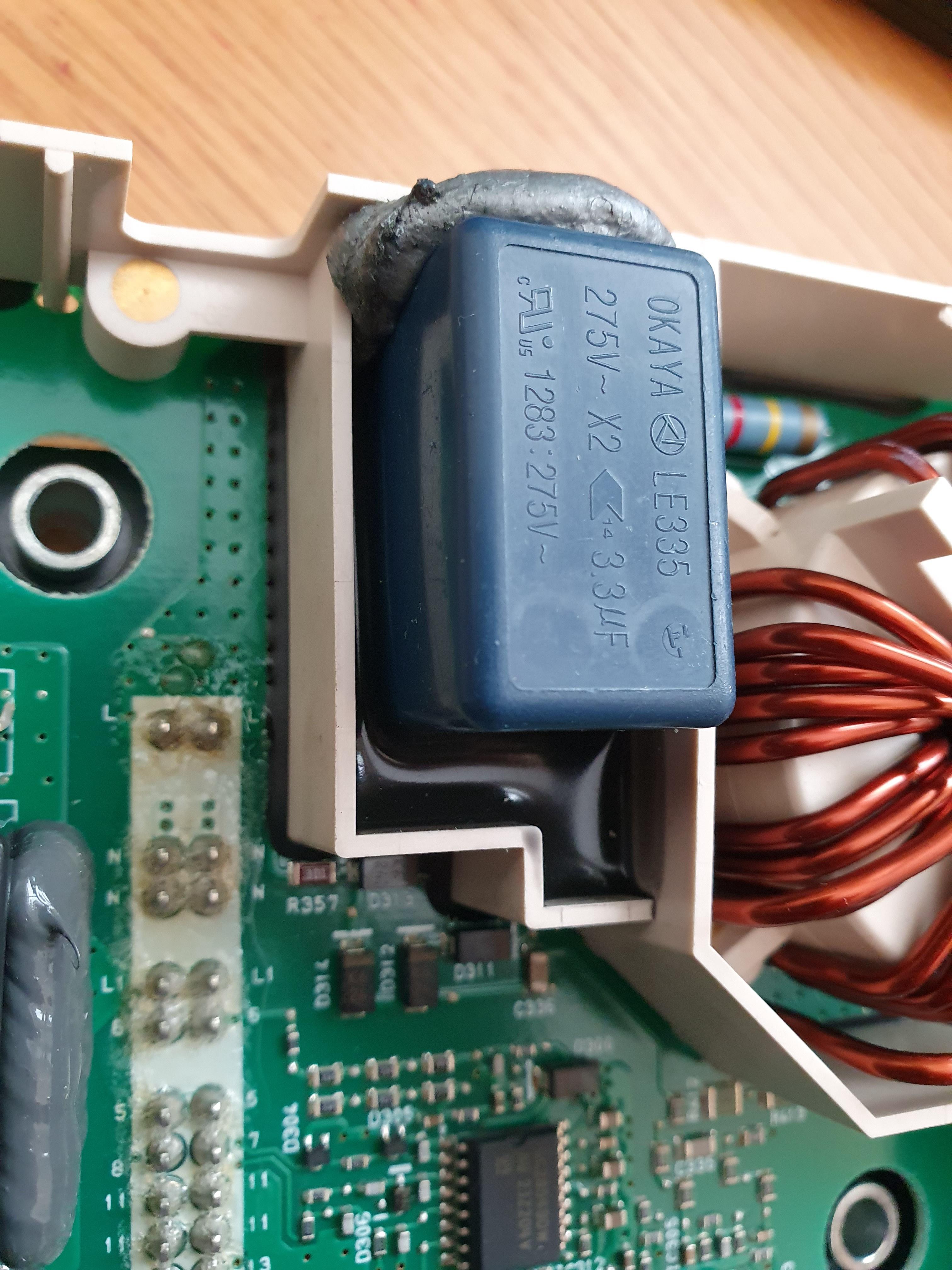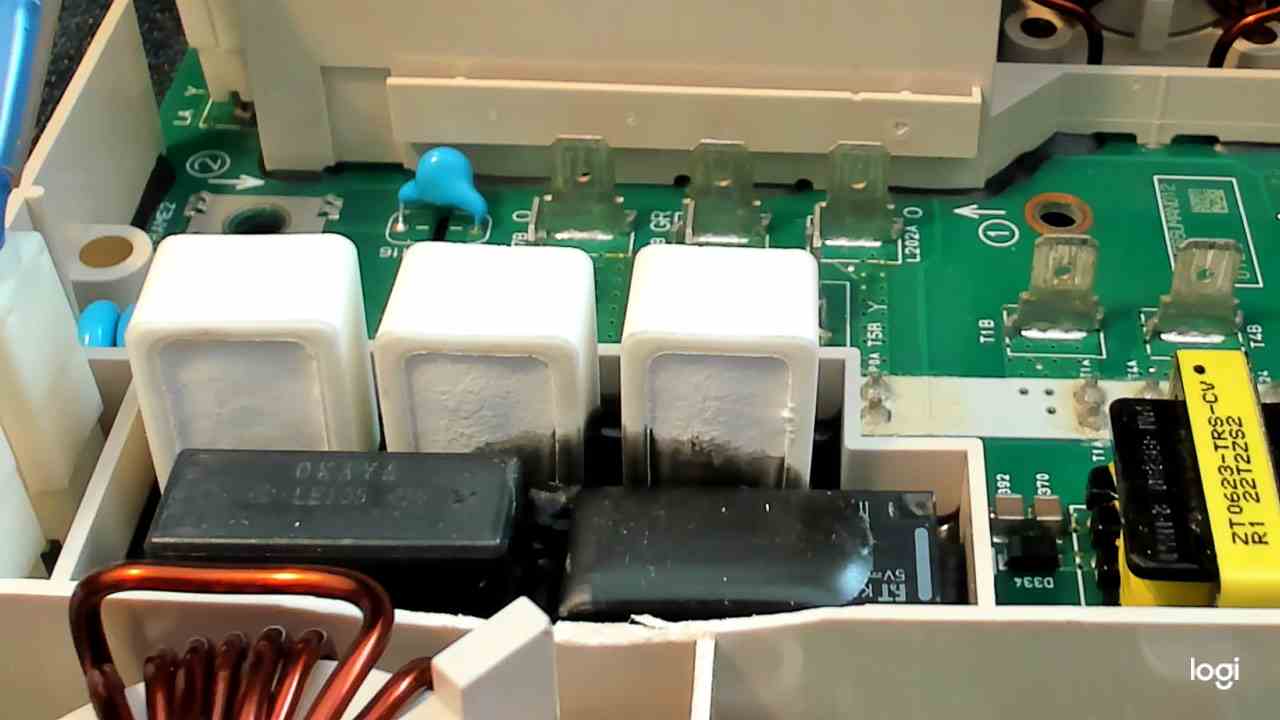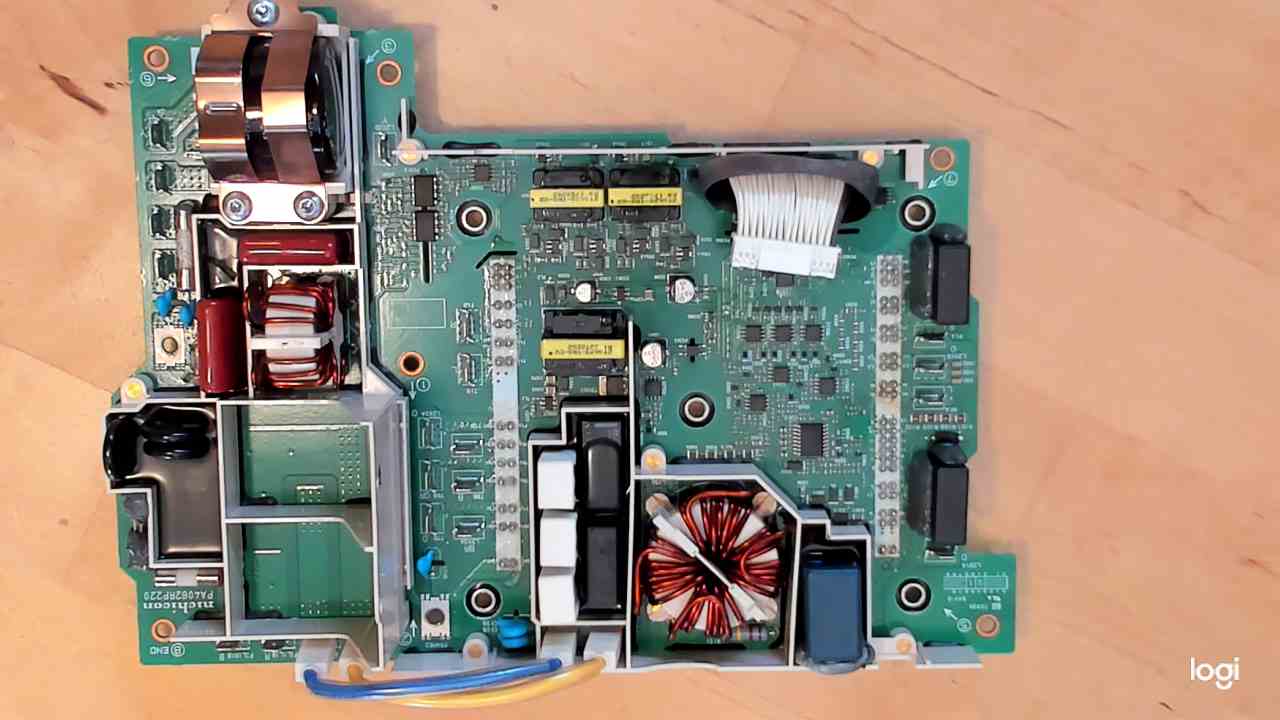coulomb
Well-known member
Yes. I never measure a diode with the resistance range; I just tried it on my Fluke 87 III and it measured over a megaohm as well. I used another meter to measure the voltage: 0.64V. That's barely enough to cause a small diode to conduct (power diodes conduct harder, at 0.4V or even 0.38V). So it looks like a high resistance. I suspect that modern multimeters all do this, to minimise the effect of diodes elsewhere in the circuit. If I force the range to be ohms instead of megaohms (e.g. press the button for the buzzer function), the voltage rises to over 1.2V. But on that range, a small diode reads open circuit.MikeEcho said:the pilot-ground resistance also showed the similar (OL / Mega Ohm) range (similar to test on the leads of D547 diode on the board) and I equated Mega Ohm with open loop, which seems to be wrong.
The diode range on a multimeter is different. It allows the voltage to rise to over 3.0V (needed for blue LEDs to conduct), and reports the voltage that the diode drops with a relatively constant ~1mA current, rather than treating the device under test as a resistor. So the 481 you measured on a diode test range probably represents 481 mV (0.481V). That's actually a little lower than I'd expect for a small signal silicon diode. I'd expect at least 0.5V. My Fluke read 0.603V across a leaded 1N914 small signal diode, the other multimeter 0.529V. The latter probably tests at a lower current.
Ah! Of course, 2012 Leafs were all J1772, even in Europe. Leafs would have switched to type 2 around the time of the switch to second generation Leafs around 2017.The cable that I use is similar to this:
When I said I suspected the wiring, I meant the wiring between the J1772 socket and the On Board Charrger. But since the J1772 pilot to earth measures similarly to the actual diode, that wiring is no longer suspect.
So: back to the charrger innards.

